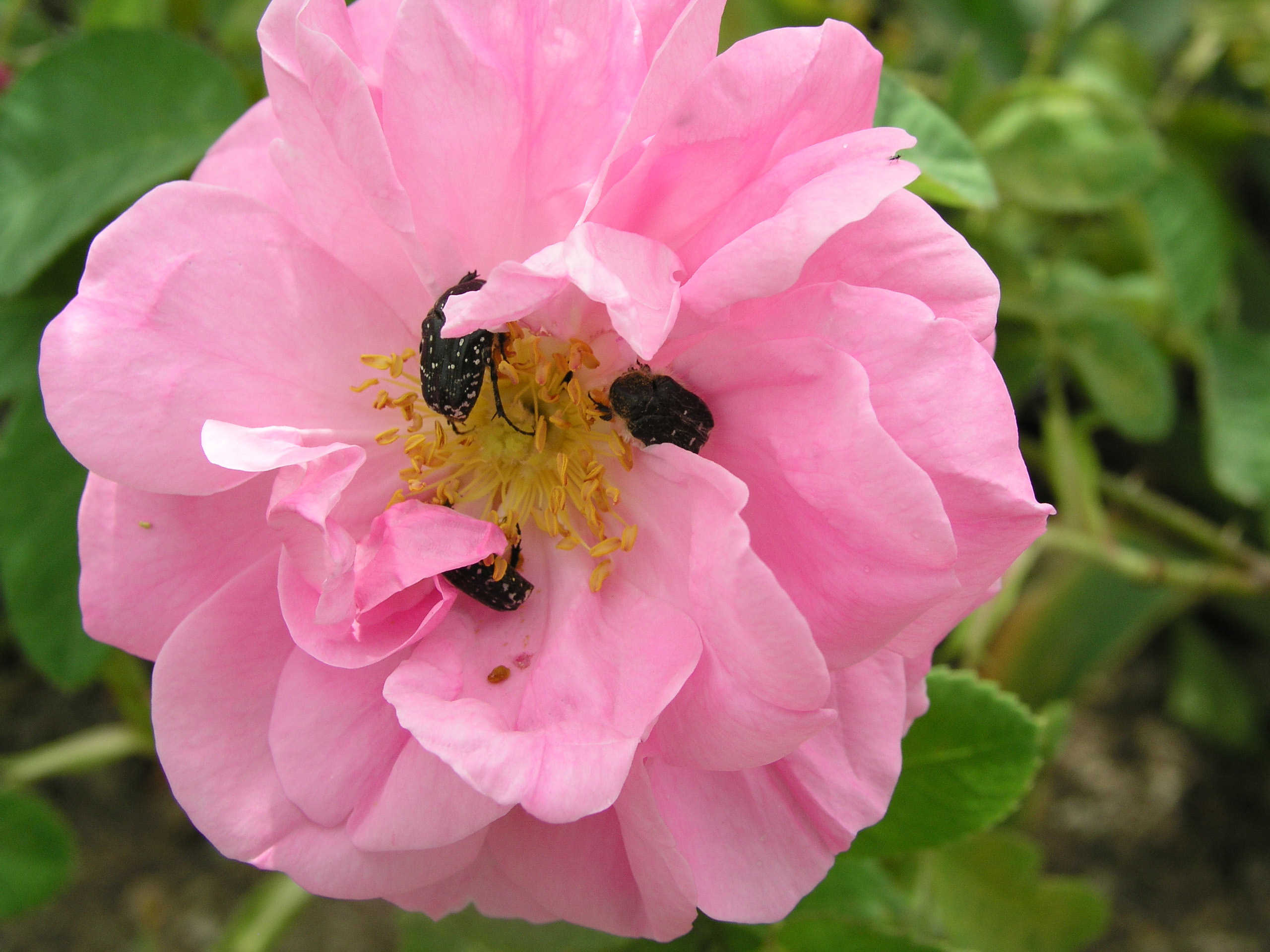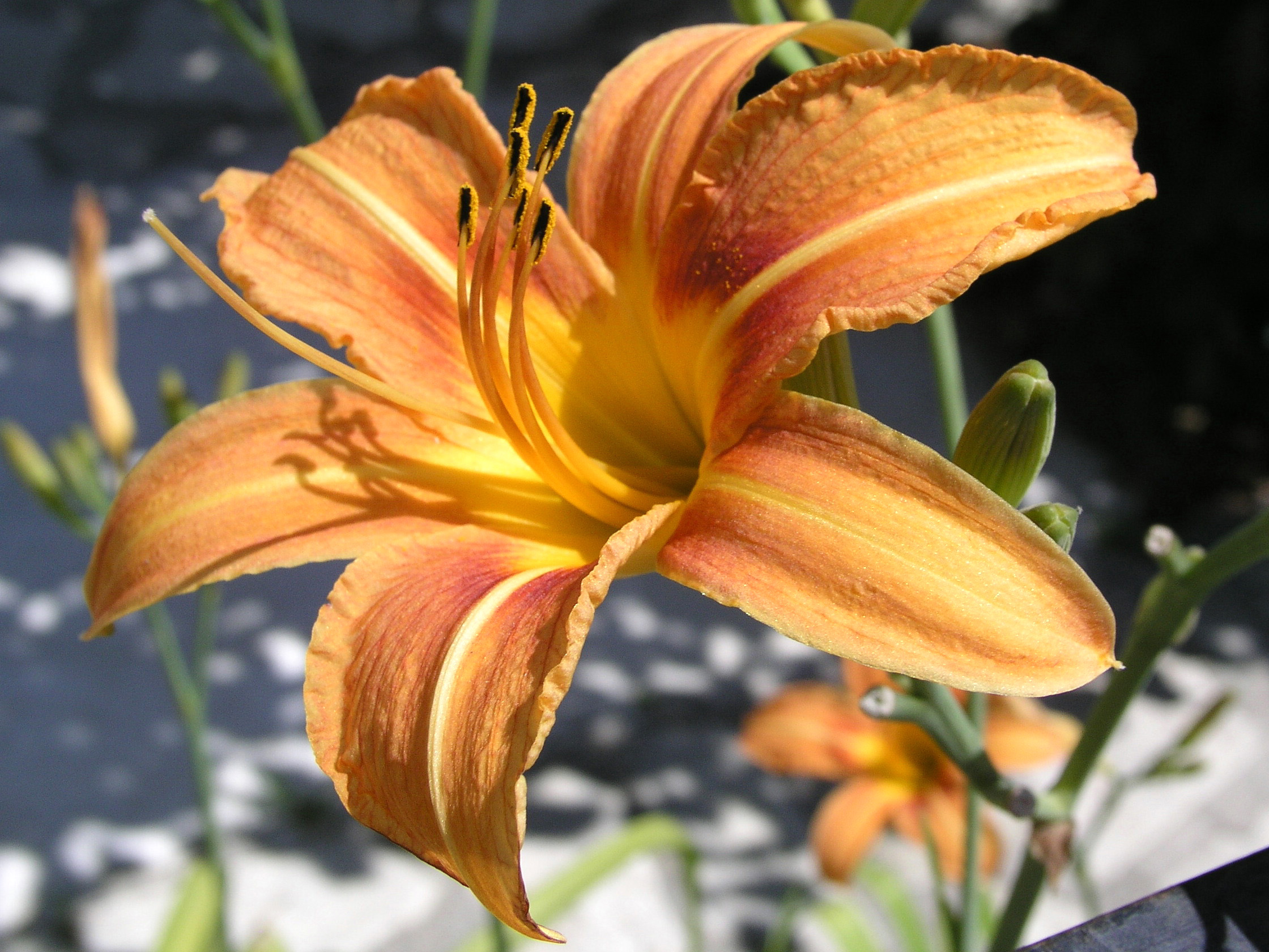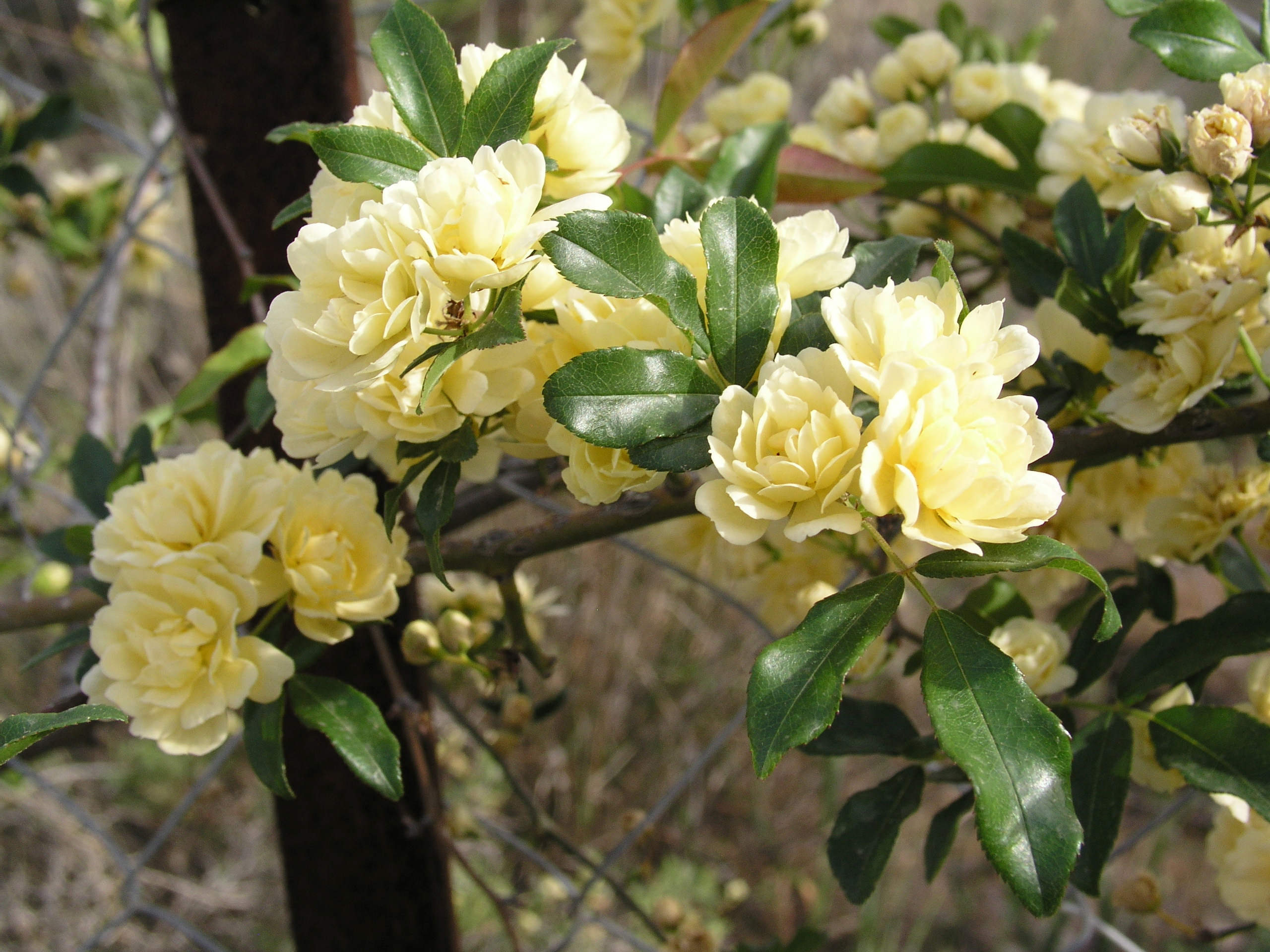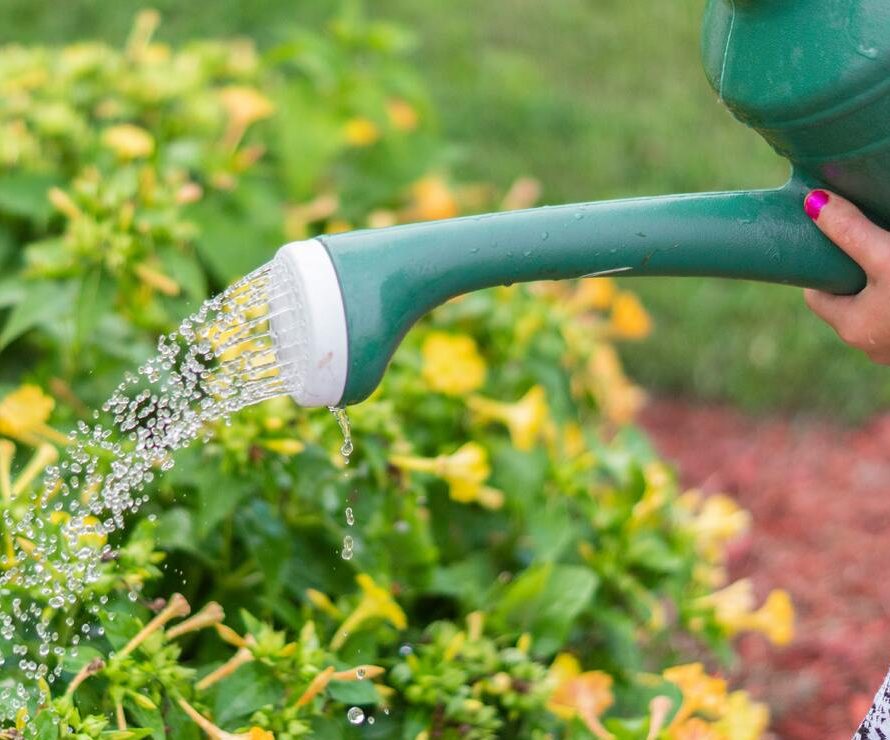Growth is very vigorous this month, and a few April showers would help things in gardens as well as fill the dams. With the longer days and the warmer temperatures, plants romp away and you know that spring is really here as the garden is full of life again.
However, beware that over the last few years we have had soaring temperatures during April before we are ready for them, which as well as the frost we had earlier, could damage early growth!
Butterflies and bees are busy, but watch out for snails as they too are awakening.
You should have finished all the hard work like digging and moving trees and shrubs about as it is getting too late for planting them, and there should be only general maintenance like weeding and dead-heading from now on!
However, you may have some trimming to do on your topiaries and hedges as growth speeds up. Once topiaries lose their curves, they are hard to get back into shape. The trunks and branches are trained and manipulated for years in Italian nurseries before they are shipped here and are usually quite expensive.
Cercis, the ‘Judas tree’ and bauhinia, known locally as the ‘camel foot tree’ after the unusual shape of the leaves, should be flowering now. Bauhinias are often grown along the pavements in towns and cities giving shade to walkers under their cascading pink and white flower petals.
In warmer areas wisteria flower buds looking like elongated catkins, should be opening and the pendulous heavily scented flowers will hang gloriously down from the many branches in shades of pink or purple. Take off any remaining seed pods so that the tree or bush can concentrate on this year’s growth.
The tiny fruits of the early figs (Ficus carica) are swelling, appearing before any sign of leaves, whilst the later fruiting varieties have their leaves first. Newly burnished copper leaves of pomegranates rival the brilliant new red growth of Photinia ‘red robin’ making the garden really come alive!
Citrus trees have a place in many gardens even if it is only a lemon for those summer drinks. If you decide to plant one remember that citrus trees are grafted onto bitter orange root stock, so it is important to make sure that the graft point is above the soil level.
We had a lovely lime tree some years ago, which was badly frosted one winter and the top foliage was killed off. But surprise, surprise, later on the foliage started to grow again from the root base and now we have a bitter orange tree with which to make marmalade.
Depending where you live you may be able to grow trees from the prunus family, although these tend to be higher up than the coastline. Cherries, for instance, grow best in places like Kambos, which certainly can give the trees a winter which lots of trees need.
Apples for instance, which you would not be able to grow along the coastline. Although having said that there an Israeli apple called Anna, which was specially bred in 1959 on a kibbutz there where it would grow and fruit in the warmer climates.
Back in the flower beds a personal favourite and a substitute for the delphiniums that I love and can’t grow here, is larkspur, an annual with spires of deep purple, lilac or pink. Now that the soil is warmer you can sow other annual seeds which should germinate quickly.
I love blue-flowered plants and I don’t mind if they eventually seed themselves everywhere. Echium webbii, a lovely shrubwith towering blue stems of flowers attracts many ‘red admiral’ and ‘painted lady’ butterflies and one year not so long ago we had swarms of them in our valley. What a sight they were too!
Echiums can put on much growth and I eagerly await the arrival of the bees and more butterflies to feast upon them. Sadly, they don’t last forever and if you are able to keep the bushes going for about five years then you will have done well. They come easily from cuttings, so take some now and ensure that you have them for the future. It’s a joy to work outside these days after the recent very cold spell.
Irises, both Dutch with their bright blue, white or yellow flowers and clumps of Iris albicans and Iris germanica should be sending up flower stems now. Keep trimming off the dead and dying leaves of irises by pulling them gently along the rhizome.

However, those dreadful red and black beetles called Dionconotous Beetles certainly feast on them as well as the early bulbs and this year I have even found them amongst my calla lilies, where they decimated the lovely spadix of nearly all of them. Not a good year for calla lilies in my garden as the leaves were all burnt by the earlier frosts as well.
Roses should be full of growth now and if you like ‘local’ roses then grow Rosa damascena or Rosa banksia, both of which are very early flowerers.
Lots of Rosa damascena are grown in Agros and the flowers are used extensively in the manufacture of rose water.
Rosa banksia is available with white single flowers or buttery yellow clusters, which scramble along fences and over trellises. They were originally found growing in valleys in China and brought back to England.
This year there many strongly scented Hybrid Tea roses in the garden centres for you to choose from. The single-coloured roses seem to have the most perfume. Feed them with a proprietary rose feed at regular intervals for a continuous display.
The garden centres are full of plugs of various veggies you might like to try even if you garden in pots or planters on a veranda. Herbs are always useful as well and by buying plugs you cut out the hit and miss of seed sowing. I know that gardening is a labour of love and everyone likes to show off their successes but you can cheat sometimes.
Plant of the Month: Hemerocallis

These brightly coloured hardy perennial plants are favourites in many gardens here. They originally came from China and Japan, some say along the Silk Route, and have prospered in Europe and the US where they are abundant flowerers in our early summer gardens.
Here in Cyprus, you may see those with bright orange flowers in village gardens where they have been long established. Many hundreds of new varieties have been introduced over the years and in many colour combinations.
Attractive as the flowers are, it is thought that they were used in Roman medicines and indeed the young leaves were said to be intoxicating. It is thought that the first settlers took them to America where they are now firm favourites.
Hemerocallis, known commonly as ‘Daylilies’ thrive in full sun to partial shade. They have that common name because each flower lasts only one day, which is such a pity.
They like a moderately fertile, well-draining soil and to be watered regularly but avoid waterlogging. They will grow on most soils, are low maintenance, untroubled by most pests and diseases, and don’t need staking.
Deadheading spent blooms can promote a tidier appearance, though it is not essential.
They make good ground cover plants on slopes, as they have dense roots which holds the soil together.
Attractive foliage complements the flowers that bloom in late spring to early summer and are available in a wide range of warm, sunny colours.
Some day lilies are known as re-bloomers, which means that they may flower again in the early autumn.
Some varieties are scented. The flowers are attractive to native insects and they make good cut flowers if cut in bud.







Click here to change your cookie preferences